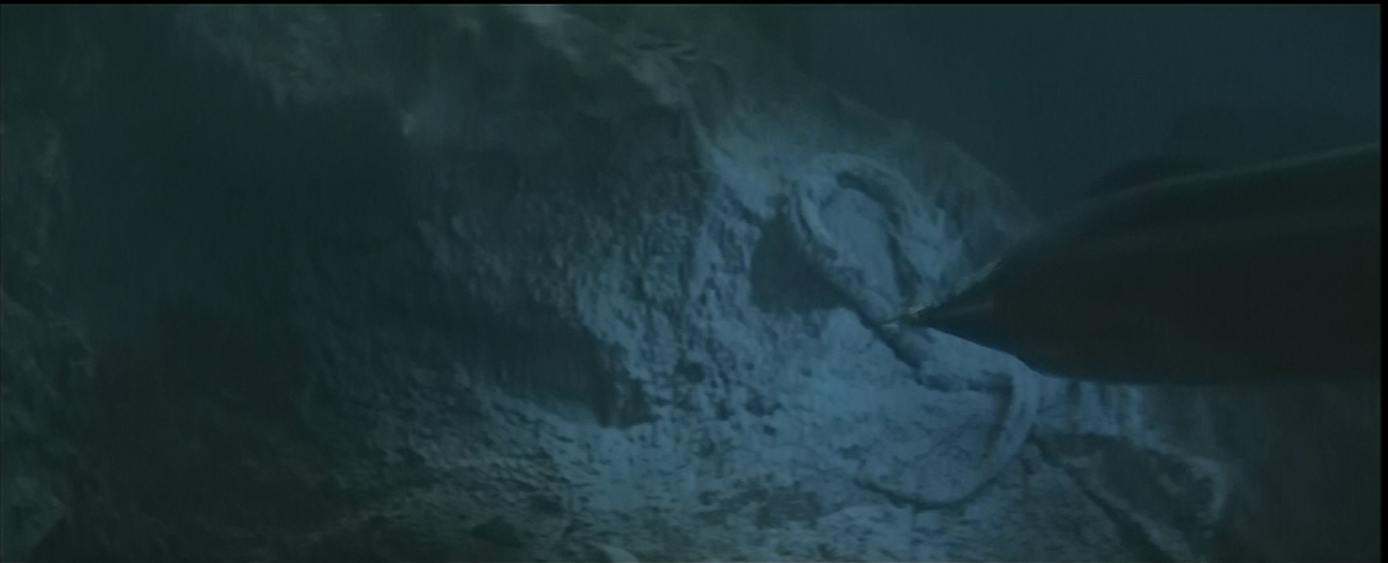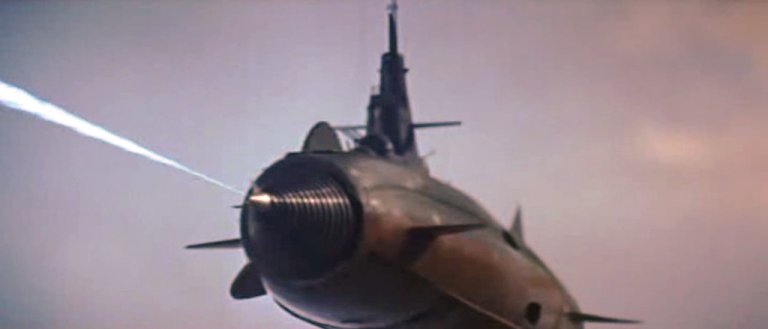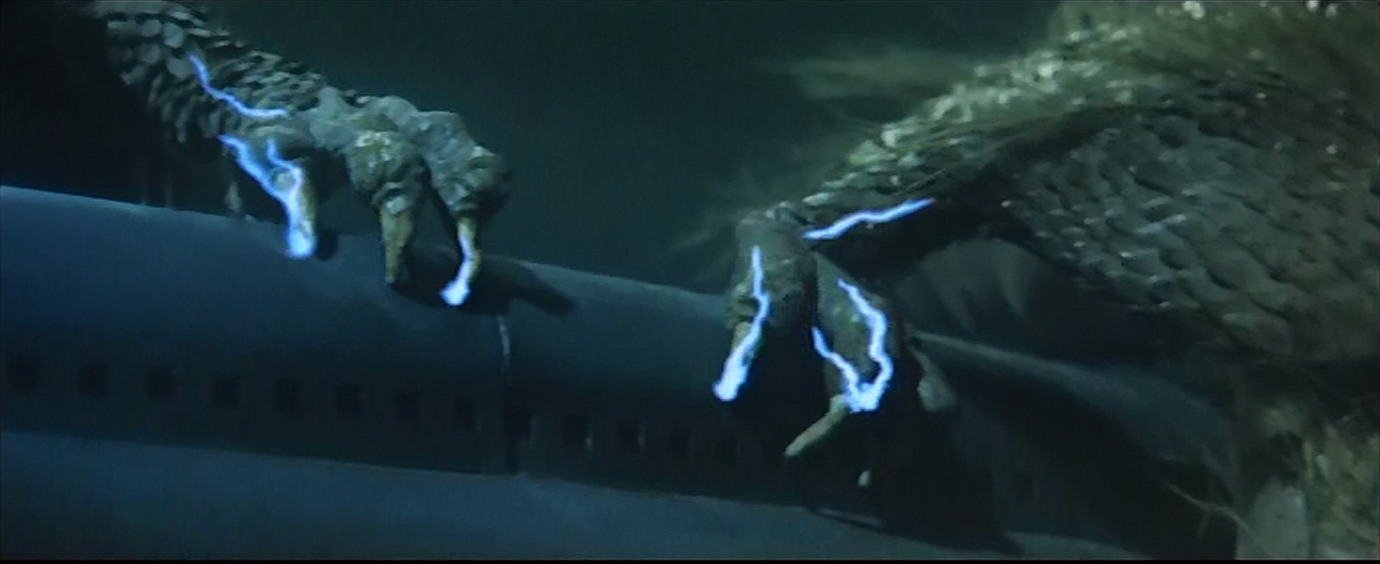- Home
- Features
- Movies/Media
- Collectibles
- Comics/Books
-
Databases
-
Figure Database
>
-
X-Plus Toho/Daiei/Other
>
- X-Plus 30 cm Godzilla/Toho Part One
- X-Plus 30 cm Godzilla/Toho Part Two
- X-Plus Large Monster Series Godzilla/Toho Part One
- X-Plus Large Monster Series Godzilla/Toho Part Two
- X-Plus Godzilla/Toho Pre-2007
- X-Plus Godzilla/Toho Gigantic Series
- X-Plus Daiei/Pacific Rim/Other
- X-Plus Daiei/Other Pre-2009
- X-Plus Toho/Daiei DefoReal/More Part One
- X-Plus Toho/Daiei DefoReal/More Part Two
- X-Plus Godzilla/Toho Other Figure Lines
- X-Plus Classic Creatures & More
- Star Ace/X-Plus Classic Creatures & More
-
X-Plus Ultraman
>
- X-Plus Ultraman Pre-2012 Part One
- X-Plus Ultraman Pre-2012 Part Two
- X-Plus Ultraman 2012 - 2013
- X-Plus Ultraman 2014 - 2015
- X-Plus Ultraman 2016 - 2017
- X-Plus Ultraman 2018 - 2019
- X-Plus Ultraman 2020 - 2021
- X-Plus Ultraman 2022 - 2023
- X-Plus Ultraman Gigantics/DefoReals
- X-Plus Ultraman RMC
- X-Plus Ultraman RMC Plus
- X-Plus Ultraman Other Figure Lines
- X-Plus Tokusatsu
- Bandai/Tamashii >
- Banpresto
- NECA >
- Medicom Toys >
- Kaiyodo/Revoltech
- Diamond Select Toys
- Funko/Jakks/Others
- Playmates Toys
- Art Spirits
- Mezco Toyz
-
X-Plus Toho/Daiei/Other
>
- Movie Database >
- Comic/Book Database >
-
Figure Database
>
- Marketplace
- Kaiju Addicts
|
Atragon, originally released in Japan as Kaitei Gunkan (海底軍艦), is a 1963 Japanese science fiction film produced and distributed by Toho. It is based on The Undersea Warship by Shunrō Oshikawa and The Undersea Kingdom by Shigeru Komatsuzaki. The film is directed by Ishirō Honda, with special effects by Eiji Tsuburaya and stars Jun Tazaki, Tadao Takashima, Yōko Fujiyama, Yū Fujiki, and Ken Uehara. The film was released in Japan on December 22, 1963 and in the United States in 1965 via American International Pictures. A two episode OVA titled Super Atragon, based on the same novels, was produced by Phoenix Entertainment in 1995.
The UN realizes that Atragon may be the world's only defense and requests that Admiral Kosumi appeal to Jinguji. Concurrently, Makoto's stalker is arrested and discovered to be a naval officer under Jinguji. He agrees to lead the party to Jinguji's base but refuses to disclose its location. After several days of travel, the party find themselves on a tropical island inhabited only by Jinguji's forces and enclosing a vast underground dock. Eventually Captain Jinguji greets the visitors, though he is cold toward his daughter and infuriated by Kusumi's appeal. He built Atragon, he explains, as a means to restore the Japanese Empire after its defeat in World War II, and insists that it be used for no other purpose. Makoto runs off in anger, later to be consoled by Susumu. Atragon's test run is a success, the heavily armored submarine even elevating out of the water and flying about the island. When the Captain approaches Makoto that evening they exchange harsh words; again Susumu reproaches the Captain for his selfish refusal to come to the world's aid. After Makoto and Susumu are kidnapped by the reporter, and the base crippled by a bomb, Jinguji consents to Kusumi's request and prepares Atragon for war against Mu. The Mu Empire executes a devastating attack on Tokyo and threatens to sacrifice its prisoners to the monstrous deity Manda if Atragon appears. Appear the super-submarine does, pursuing a Mu submarine to the Empire's entrance in the ocean depths. Meanwhile, Susumu and the other prisoners escape their cell and kidnap the Empress of Mu. They are impeded by Manda, but soon rescued by Atragon, which then engages the serpent and freezes it using the "Absolute Zero Cannon". Jinguji offers to hear peace terms, but the proud Empress refuses. The Captain then advances Atragon into the heart of the Empire power room and freezes its geothermal machinery. This results in a cataclysmic explosion visible even to those on deck of the surfaced submarine. Her empire dying, the Mu Empress abandons the Atragon and, Jinguji and company looking on, swims into the conflagration. Cast
Themes The predominant themes of Atragon are nationalism, patriotism, and pride. Unchecked affirmation of these principles manifests in the central character of Captain Jinguji, who built the Atragon for the sole purpose of reviving the Empire of Japan; and in the Empress of Mu, whose motive to reestablish her nation's global dominance parallels Jinguji's. Much as the aggressive policies of Japan secured the nation's defeat in World War II, the former Empire of Mu continues its siege on the surface world even after Atragon—their only feared adversary—rises to challenge. Both leaders vehemently reject the notion of peaceful surrender, and even international cooperation, but while Jinguji is ultimately persuaded to suppress his 20-year vendetta, the young Empress sees her defeated nation through to annihilation. Whereas Jinguji revolted in order to prepare a counterattack, the Empress acts differently on her nationalistic resolve by abandoning the Atragon to die with her people. Production Atragon is loosely based on The Undersea Warship by Shunrō Oshikawa and The Undersea Kingdom by Shigeru Komatsuzaki. Komatsuzaki also served as an uncredited designer for the film, as he had with The Mysterians and Battle in Outer Space. Screenwriter Sekizawa wrote a scene where Jinguji learned of his daughter's kidnapping and was prepared to sacrifice her in order to save the world, which triggered an argument between Jinguji and Kosumi. Director Honda choose to cut this because he saw the story as a parable of global problems rather than personal problems. Producer Tanaka also insisted that a monster, Manda, be included in the film. Honda had no idea who to cast as the Empress of Mu but met Tetsuko Kobayashi by chance, who was working on a TV show in Toho's lot. Honda found her to be "hard working and very energetic". Kobayashi also applied the Empress' makeup herself. The film's production schedule was shorter than usual, with production beginning September 5, 1963 targeted for a December release of that same year. This resulted in effects director Eiji Tsuburaya scaling back some effects. Honda originally wanted to show towns and residual areas for the Mu Empire but didn't have enough money in the budget. Release
Atragon was released in Japan on December 22, 1963. It became the 13th highest grossing domestic film of the year, grossing ¥175 million. Atragon became a popular feature on TV and at film festivals. In fact, it was so popular that it was re-released in 1968 as the support feature for Honda's Destroy All Monsters. It was also the 1964 Japanese entry at the Trieste Science Fiction Film Festival. American International Pictures afforded the film a successful U.S. theatrical release in 1965 with minimal changes and quality dubbing by Titra Studios. The new name Atragon, derived from Toho's international title Atoragon, is presumably a contraction of "Atomic dragon", a colorful moniker for the titular juggernaut; however, AIP's dubbed dialogue refers to the Goten-go by the name "Atragon." This shortening from four to three syllables was the choice of AIP, since several European markets released the film as Atoragon (Italy) and Ataragon (France). While Atragon became Toho's first tokusatsu eiga (Visual Effects Film) released on home video in 1982, and though the film is exceptionally popular among western tokusatsu fans, Atragon was not released on home video in the United States until Media-Blasters' DVD in 2005 (although the film was in constant television syndication in the U.S. until the early 1980s). Media Blasters had intended to use the original Titra Studios dubbing, but Toho forced the company to use its international version. This alternate dubbed version syncs up perfectly with the Japanese video, but fans generally consider these international dubs to be inferior. Its enduring popularity in Japan is evident in the number of plastic model kits, garage kits, and adult-targeted toys based on the Goten continually on the market.
0 Comments
|
Release Dates
November 2023
|
|
© 2011-2024 Kaiju Battle. All Rights Reserved.
|
Visit Our Social Media Sites
|
Proudly powered by Weebly
|
- Home
- Features
- Movies/Media
- Collectibles
- Comics/Books
-
Databases
-
Figure Database
>
-
X-Plus Toho/Daiei/Other
>
- X-Plus 30 cm Godzilla/Toho Part One
- X-Plus 30 cm Godzilla/Toho Part Two
- X-Plus Large Monster Series Godzilla/Toho Part One
- X-Plus Large Monster Series Godzilla/Toho Part Two
- X-Plus Godzilla/Toho Pre-2007
- X-Plus Godzilla/Toho Gigantic Series
- X-Plus Daiei/Pacific Rim/Other
- X-Plus Daiei/Other Pre-2009
- X-Plus Toho/Daiei DefoReal/More Part One
- X-Plus Toho/Daiei DefoReal/More Part Two
- X-Plus Godzilla/Toho Other Figure Lines
- X-Plus Classic Creatures & More
- Star Ace/X-Plus Classic Creatures & More
-
X-Plus Ultraman
>
- X-Plus Ultraman Pre-2012 Part One
- X-Plus Ultraman Pre-2012 Part Two
- X-Plus Ultraman 2012 - 2013
- X-Plus Ultraman 2014 - 2015
- X-Plus Ultraman 2016 - 2017
- X-Plus Ultraman 2018 - 2019
- X-Plus Ultraman 2020 - 2021
- X-Plus Ultraman 2022 - 2023
- X-Plus Ultraman Gigantics/DefoReals
- X-Plus Ultraman RMC
- X-Plus Ultraman RMC Plus
- X-Plus Ultraman Other Figure Lines
- X-Plus Tokusatsu
- Bandai/Tamashii >
- Banpresto
- NECA >
- Medicom Toys >
- Kaiyodo/Revoltech
- Diamond Select Toys
- Funko/Jakks/Others
- Playmates Toys
- Art Spirits
- Mezco Toyz
-
X-Plus Toho/Daiei/Other
>
- Movie Database >
- Comic/Book Database >
-
Figure Database
>
- Marketplace
- Kaiju Addicts








 RSS Feed
RSS Feed